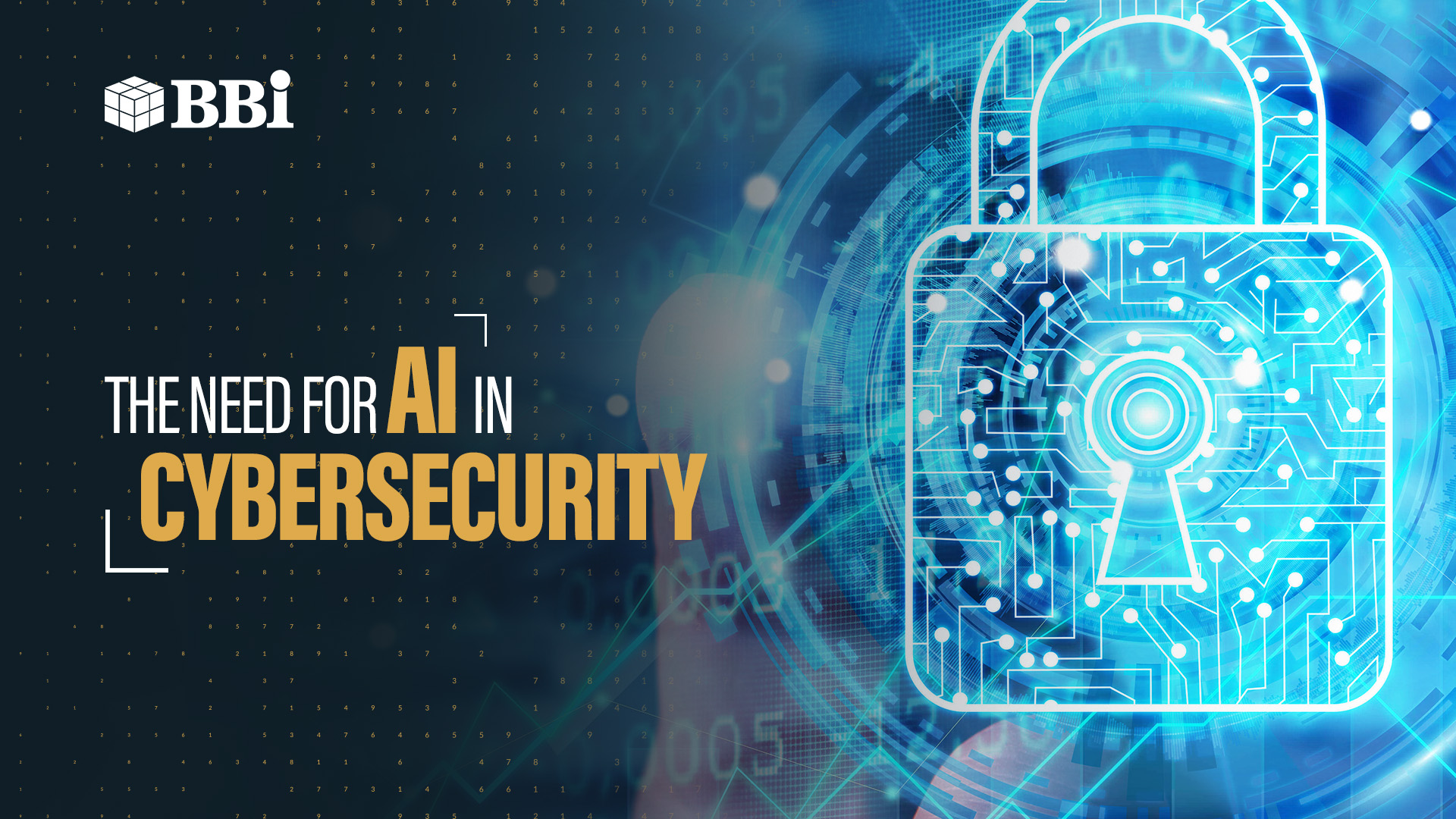

The Need for AI in Cybersecurity
Thirty-seven billion. That is the number of records comprised in 3,932 data breaches in 2020 according to the Year-End Data Breach Report of Risk-Based Security. While breach events were just about half of the previous year, the number of comprised records grew significantly and marks the highest number of records exposed in a single year.
Compound this with other cybersecurity issues and you’ll understand the need for stronger and more advanced cybersecurity solutions.
Enhance Cybersecurity with AI Technology
With cybercriminals leveraging modern technology, organizations must also harness the power of technology to thwart their attacks and protect their data. To protect your business and your consumers, there is a need to integrate artificial intelligence and machine learning with your cybersecurity solutions.
Aside from their ability to handle growing network complexities due to increased consumption of data, AI-based solutions also have unparalleled response capabilities. They perform actions in nanoseconds and can detect, identify, and respond to threats immediately.
Another advantage of AI-based solutions is they are also proactive, not just reactive. Traditional cybersecurity techniques require signatures or indicators from previously encountered threats. They do not always detect threats that have yet to be discovered. In contrast, AI can identify potential threats and vulnerabilities even before they are reported or patched. By enhancing your existing systems with AI technology, you can achieve a virtually perfect detection rate with minimal false positives.
Challenges in Implementing AI-Based Solutions
Without a doubt, AI-based cybersecurity is the ideal solution to protecting networks against cyberattacks. However, its prohibitive cost and resource-intensive nature prevent its full implementation especially in small to medium enterprises.
You need to invest time and money in building and maintaining AI systems as they require huge computing power, massive memory, and lots of data sets. You’ll also need to provide substantial training for your data security team or employees before deploying such technologies.
However, financial losses due to data breaches and downtimes can be even more massive. In fact, IBM’s Cost of Data Breach Report in 2020 places the average total cost of a data breach at 3.86 million dollars. It also indicates that the average time to identify and contain a breach is around 280 days. So, conduct a cost-benefit analysis to determine which is more beneficial to your enterprise.
How to Add AI to Your Defense
You don’t always have to overhaul your existing system to utilize AI-based solutions. Try to figure out cost-effective ways to integrate artificial intelligence and machine learning into your current cybersecurity functions. Here are a few ways to do so:
- Identify and acquire data sets that can drive new AI cybersecurity algorithms.
- Use natural language processing to enhance machine learning.
- Create biometric-based log-in techniques.
- Use predictive analysis to detect threats and malicious activities.
- Ensure AI concepts are incorporated in risk management and threat modeling.
Even with an AI-based solution already in place, your AI algorithm will require continuous improvements to remain effective against future cyberattacks. So, it’s best to also collaborate with cybersecurity analysts to improve threat intelligence.
Imperative, Not Just Recommended
Enhancing your cybersecurity systems with AI is not just an expert recommendation. It is now imperative to implement AI-based solutions especially if your enterprise handles sensitive data.
These AI-powered systems can effectively protect your enterprise against cyberattacks and enable you to mitigate risks related to them.

